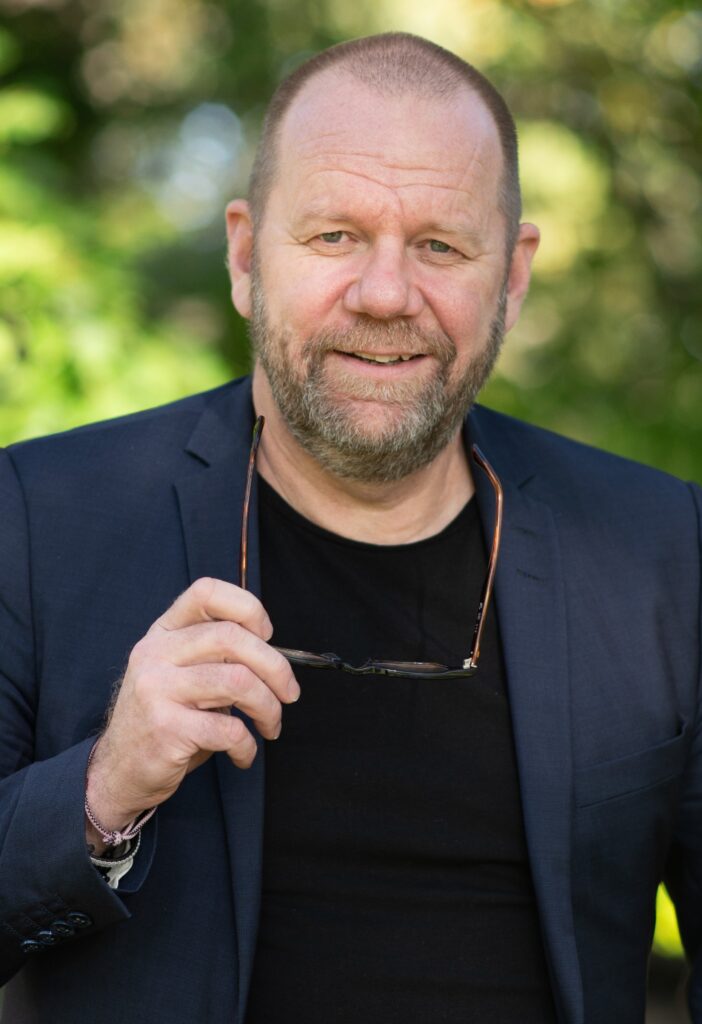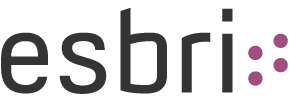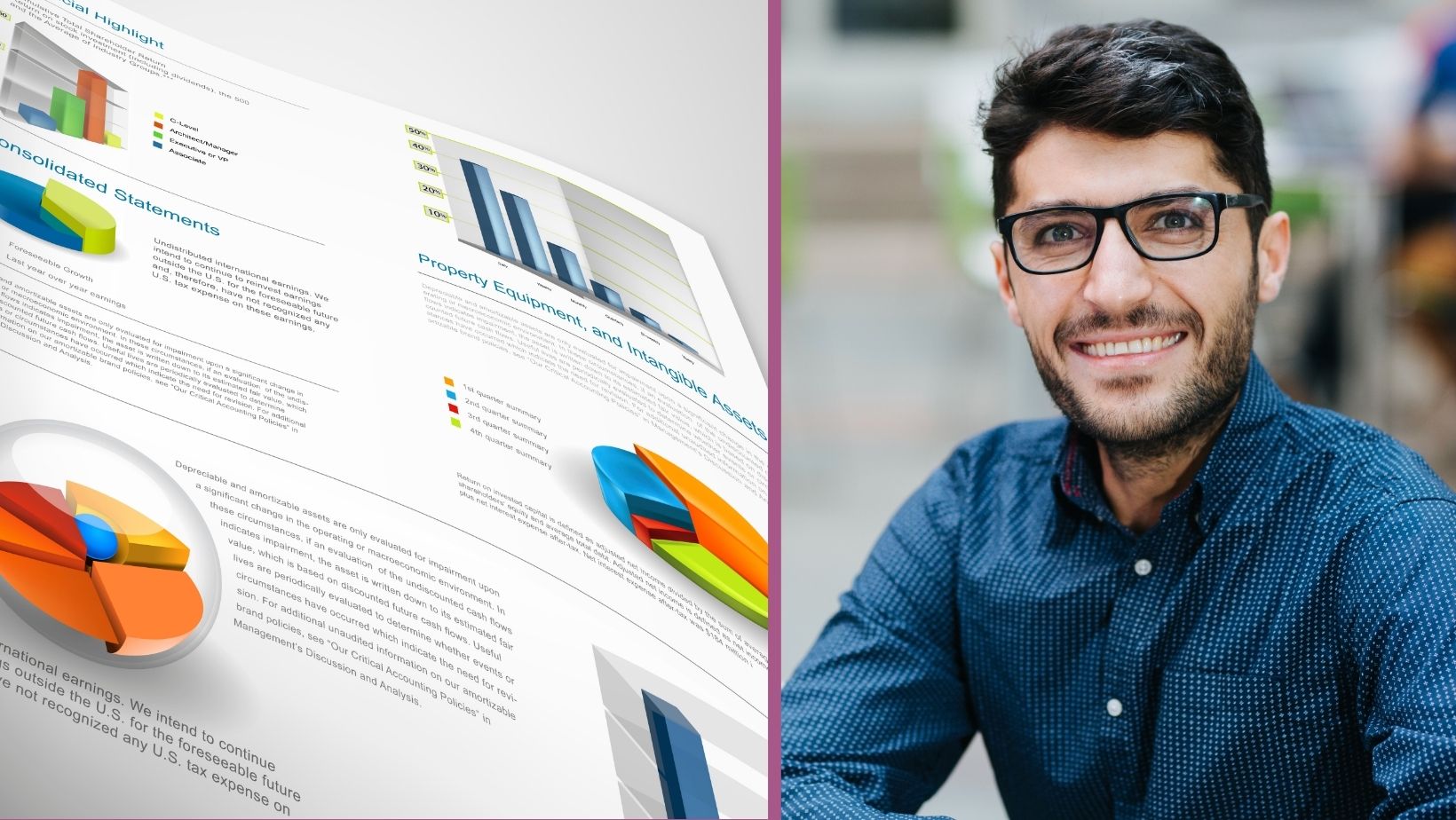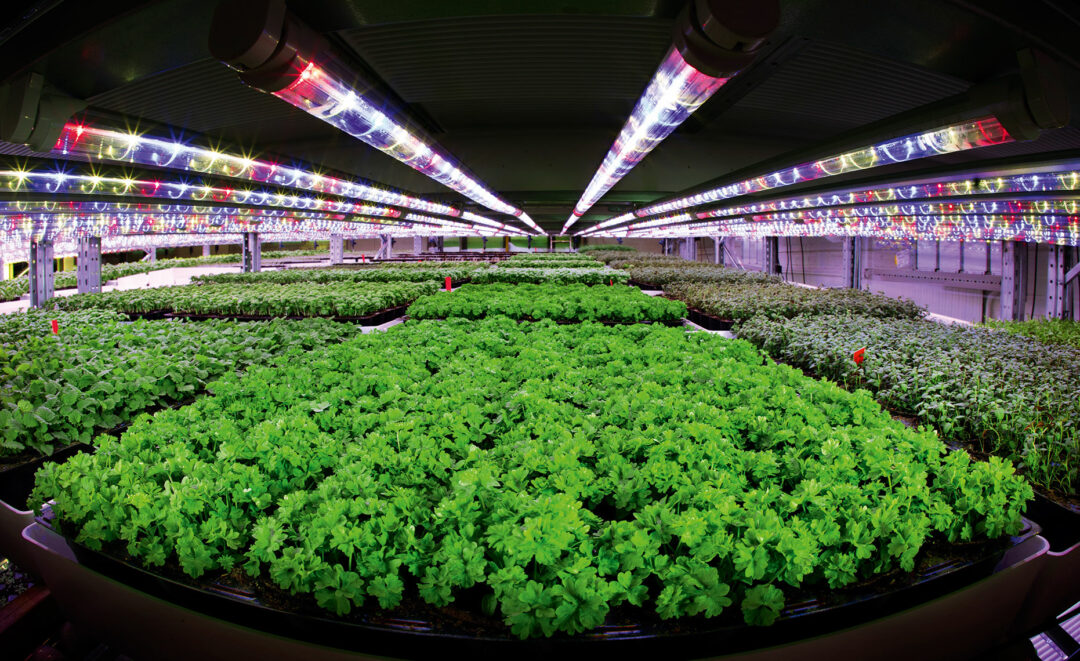This article has been translated with DeepL.
NEW RESEARCH | Digital innovation transforms the purchasing process
- Published: 11 Jan 2024,
- 9:40 AM
- Updated: 11 Jan 2024,
- 11:48 AM

The industry’s established working methods have been challenged by digital developments. In particular, relations with suppliers and partners have been turned upside down.
Manufacturing companies are increasingly integrating their physical products with digital services. And because digital innovation requires different development methods than those that have been standard in industry for decades, it has created tensions within many companies.
– In traditional product development such as lawnmowers, trucks, watches, refrigerators and so on, the design and architecture is clear from the start and the working method is goal-oriented and the same every time. But in a digital environment, you work agile, in a more goal-oriented way where the end goal is unknown and innovation can occur during the process,” says Mathias Larsson Carlander, who recently completed his PhD at the Stockholm School of Economics.
In his doctoral thesis, he studied what happens in a manufacturing company when the two approaches meet.
– Industry has met the challenge by adopting an agile approach. This has allowed the parts to move in tandem, even if different things are delivered at different times.

Reverse purchasing process challenges
With the agile way of working, the relationship with external companies has changed dramatically. A traditional purchasing process starts with a customer buying a product/service from a supplier and a relationship begins. After that, the relationship may turn into a collaboration, possibly ending with the start of innovation together. But the agile way of working, based on hypothesis and rapid learning, has driven a whole new type of collaboration.
– The motif of the customer-supplier relationship has shifted to starting to innovate together right away. The relationship then develops and the companies involved prepare and deepen the cooperation towards a potential joint industrialization. This upended relationship process has, of course, been a major adjustment for the industry.
The boundaries between industries are blurring
Another challenge with digital development, according to Mathias Larsson Carlander, has been the borderless flow of information between different industries. Many product companies now offer digital services and apps that allow us to communicate and receive a wealth of information about our products from different sources.
– You can turn on and off different functions of the product, such as the heater in your car or the heat pump. These digital services are often linked to other businesses and services to retrieve information such as weather conditions or to enable payments. So several different market segments, or industries, create an incredible network of companies that interact in a way that was not previously possible.
Many industrial companies are developing solutions with combinations of products and digital services today, but there are still major challenges for industry and academia, according to Mathias Larsson Carlander.
– There is still a lot to learn. Not least how organizations and different technologies affect and interact, but also how digital innovation and the combination and integration of different types of technologies and working methods work,” says Mathias Larsson Carlander.
Contact mathias.larsson.carlander@scania.com
More about the thesis
Mathias Larsson Carlander recently defended his dissertation at the Stockholm School of Economics with the thesis
Driving Digital Innovation in Incumbent Firms: The Integration of Technologies, Practices, and Languages.
Since 2018, he has been an industrial doctoral student at the Stockholm School of Economics and part of the IMIT Foundation’s graduate school focusing on Management of Digitalization.
Read also about Marie Bemler’s (Scania/HHS) research The vision of self-driving cars is blocking radical innovation.



